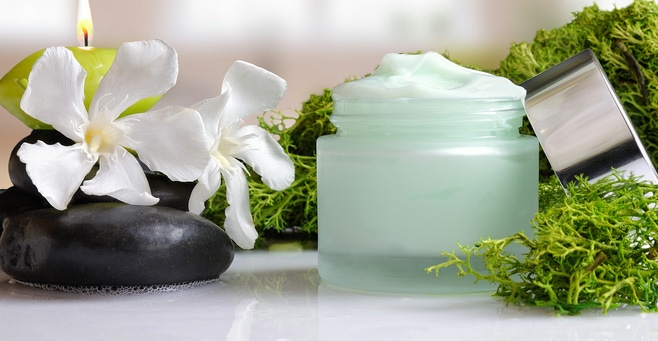Organic Monitor puts forth seven areas of focus for green beauty companies in 2017.
February 1, 2017

As the first month of 2017 draws to a close, Organic Monitor gives its predictions for sustainable cosmetics for the year ahead.
Natural and organic cosmetics: Healthy growth is continuing in the global market. North America and Europe have the largest markets, however the highest growth is envisaged in Asia. Greenwashing will remain a major industry issue, with many brands opting for certification to legitimize their natural and organic marketing claims.
Green certification schemes: Natural and organic will remain the main certification schemes for green cosmetics, however fragmentation is expected to continue. Organic Monitor finds there are currently more than 30 such standards for cosmetics and personal care products, with most in Europe.
Ethical labels: The number of ethical labels is predicted to rise this year, with more crossovers from the food industry. The 'free-from' craze is expected to continue; expect to see more gluten-free and non-GMO claims on product packs, as well as the traditional paraben-free, silicone-free, SLS-free claims.
Sustainable sourcing: More investment will go into sustainable sourcing of natural ingredients. Organic personal care brands such as Neal’s Yard Remedies and Weleda have been the frontrunners with such projects; expect to see more large cosmetic firms and ingredient firms make sustainable sourcing commitments.
Green materials: The range of green materials will expand this year. As will be featured in the Sustainable Cosmetics Summit, a number of renewable feedstock is now being used to develop green cosmetic ingredients: algae, food waste / byproducts, tobacco, as well as traditional plant-based materials.
Sustainability metrics: Metrics will continue to gain prominence as large cosmetic firms look to measure and reduce their environmental footprints. Carbon footprints are the most widely used, however more companies are likely to consider energy, water, resource usage, waste and social parameters.
Sustainable packaging: The use of eco-design approach and sustainable materials is likely to rise as cosmetic and personal care brands look to reduce their packaging impacts. More companies are expected to follow Aveda and use recycled materials; others will look to close their packaging loops by finding new applications for their packaging waste.
An update on the natural and organic cosmetics market, certification schemes, green materials and sustainable packaging will be given at the Sustainable Cosmetics Summit, hosted in New York City on May 3-5, 2017.
Source: Organic Monitor press release
You May Also Like


